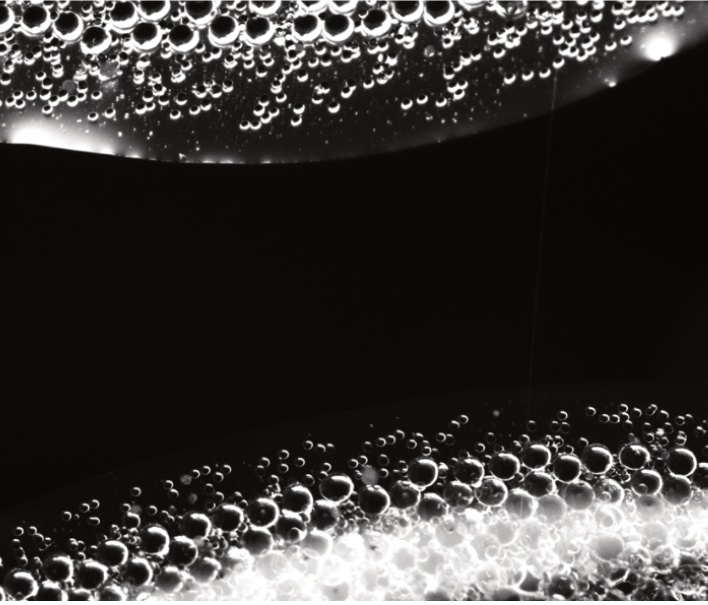IEA COFLACT
IEA COFLACT
2023 – 2024
Contact: ROCHE Matthieu
NEWS
Introduction
Materials such as concrete and blood are suspensions of large particles. The mechanics of these materials is still not well understood, despite their economical and environmental impacts. This state of affairs is true in particular when the size of the flow induced in a suspension is comparable to the radius of the particles. However, progress on these questions occurred only recently, thanks to advances in characterization techniques and conceptual breakthroughs. There is however still room for improvement, in particular when trying to connect the microstructure adopted by particles and macroscopic flow properties.
Mission and research themes
Our group in Paris has recently investigated the flow of suspensions in thin films and spreading droplets. In these situations, the ratio between the size of the flow (droplet height…) and the radius of the particles controls the apparent fluidity of the suspension. The viscosity evaluated from the spreading dynamics of a suspension is much smaller than that measured with usual methods. Our investigations suggest that the decrease in fluidity compared to the bulk is not only of geometric origin, it also involves how the particles order near the edge of the spreading droplet. To the best of our knowledge, the relationship between ordering and fluidity in confined suspensions is still under investigation, in particular in the case of free-surface flows for which it has been hardly studied.
Network activities and expected results
Characterizing the relation between structure and dissipation requires state-of-the-art techniques such as scanning confocal microscopy, NMR, or ultrasound. Here, we would like to take advantage of recent advances in high-speed X-Ray microtomography to bring new insights into this question. The Department of Materials Physics at the Australian National University (DMP-ANU) is renowned for its expertise in this field. The purpose of the project is to bring together our expertise in the mechanics of granular suspensions and DMP-ANU’s expertise on tomography to investigate the structure adopted by particles while they move during the spreading of a droplet, and to connect the local particle dynamics to the global liquid one.
Institutions and laboratories involved
France
Matière et Systèmes Complexes, Université Paris Cité, CNRS UMR 7057, Paris
Australia
Department of Materials Physics, Australian National University, Canberra (AU)

Two droplets of granular suspensions about to collide seen from above.
